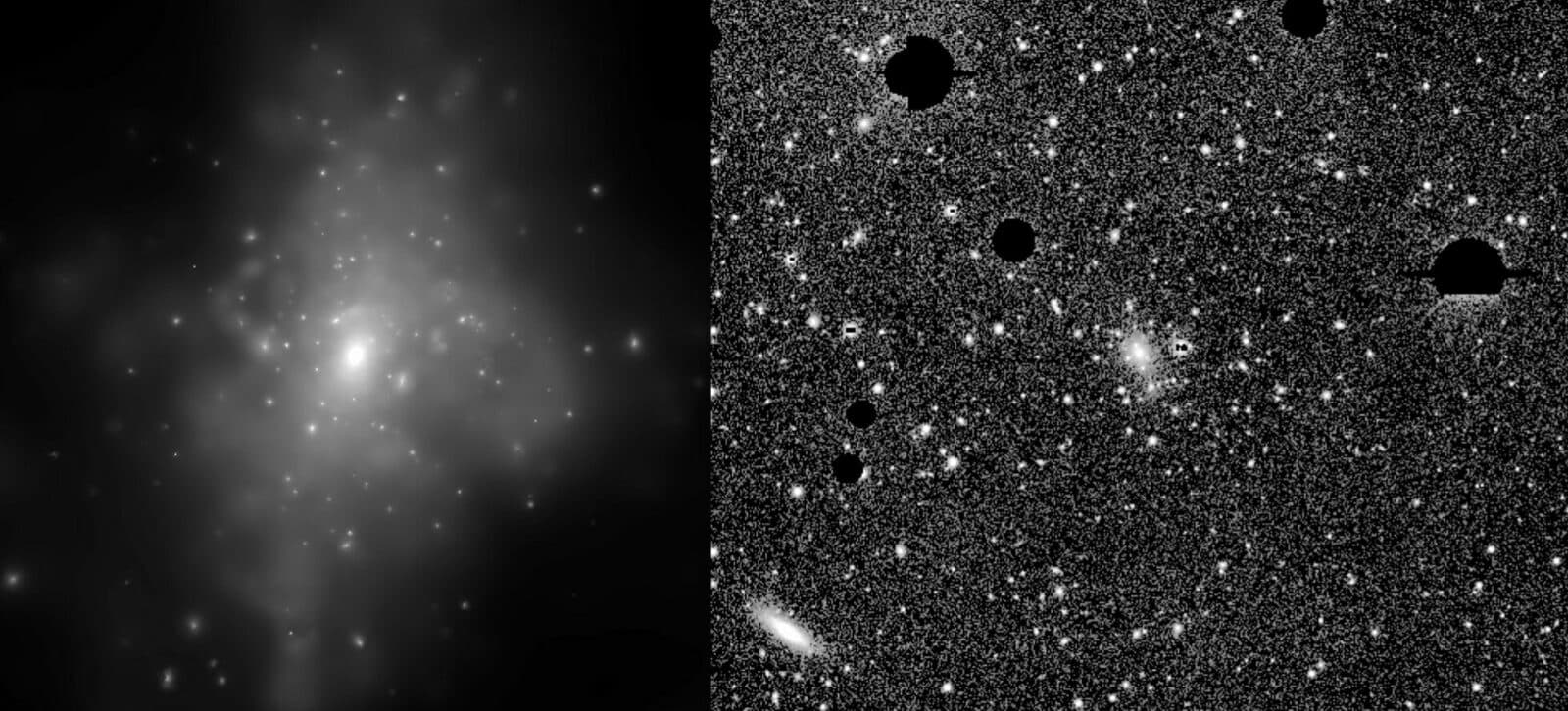Science, Ever Sharpening
by Adam Hadhazy
Science is a journey toward an ever-deeper understanding of it all

The Author
The essence of science is on fresh display in some recent astrophysics results reported by Kavli Institute-affiliated researchers. While it's fair to say we already have a decent understanding of how stars form and evolve (given all the supporting observational evidence and all the rigorous theory explaining those observations), there's always room for more—lots more. That's why new discoveries coupled with more powerful measurements of pairs of stars that periodically eclipse each other are valuable for helping hone our frameworks still further. That's why we keep probing the star Betelgeuse—it still poses mysteries aplenty about itself, other stars like it, and the whole kit n' kaboodle of stellar evolution. So sit back and relax—or don't, there's science to do! — in knowing that scientists are making it possible for us to confidently know many more things than we did yesterday.
Sextuplet system made up of a trio of eclipsing duos of stars
Researchers at the Massachusetts Institute of Technology’s Kavli Institute for Astrophysics and Space Research (MKI) are part of the team that's reported a stellar first: A star system composed of three pairs of stars that all eclipse one another from our vantage point here on Earth. Such eclipsing binary stars (as mentioned above) are very useful to astronomers because each is a laboratory for testing out theories regarding stars' sizes, masses, temperatures, typical separations, and distances from our Solar System.
Hunter of alien worlds takes your questions
Got a question about exoplanets? Head on over to a Q&A article featuring Bruce Macintosh of the Kavli Institute for Particle Astrophysics and Cosmology (KIPAC) at Stanford University. Macintosh is an exoplanet hunter and leader of the Gemini Planet Imager project that is capturing direct images of nearby alien worlds. Find out Macintosh's thoughts on whether our planet, Earth, is in any way actually "special", and what exoplanetary news would legitimately surprise him.
Betelgeuse, smaller and closer than thought
The star whose name everyone loves to say ("Beetlejuice") underwent a recent thorough investigation by a team of scientists, including past-affiliated and current members of the Kavli Institute for the Physics and Mathematics of the Universe (Kavli IPMU) at the University of Tokyo. The star is famous for being one of the closest red giant-type stars to Earth, prominently part of the Orion constellation. Betelgeuse has undergone puzzling brightness variations in recent years, a phenomenon that has set off speculation that star could explode as a supernova. The new investigation pored over observations of Betelgeuse and subjected them to extensive modeling. Overall, the results show Betelgeuse to be a bit smaller and closer to Earth than previously calculated, and that the star appears to have around another 100 millennia or so before it likely explodes. When it does, our descendants will have quite a show, but will be unharmed.
The faint light from rogue stars surrounding galaxies could help lock down dark matter
Pioneering studies into the light "between" galaxies in clusters, known as intracluster light, are emerging as a new way of studying dark matter. No one knows exactly what dark matter is, but it seems to act as a gravitational glue that holds galaxies and clusters of galaxies together. Using reams of data on galaxy clusters compiled by the Dark Energy Survey project, scientists have derived the most extensive observations of intracluster light, a faint glow thought to be produced by stars gravitationally thrown out of galaxies. Tracing the intracluster light can help reveal the density of dark matter in locations throughout a galaxy cluster, offering further clues about its properties and fundamental nature. Researchers at KIPAC and the Kavli Institute for Cosmological Physics (KICP) at the University of Chicago are contributed to the efforts.

Dwarf galaxies—underestimated and expansive with dark matter?
Tucana II, a well-studied dwarf galaxy neighbor of our Milky Way, turns out to have a dark matter halo that is three to five times more massive than researchers had thought. Scientists at MKI and colleagues observed stars far out from the more stellar-packed "downtown" of Tucana II, but still associated with the dwarf galaxy, implying that a vast unseen field of dark matter is gravitationally keeping the wayward stars in Tucana II's fold. Detecting such a massive dark matter halo around the primitive galaxy suggests that the first galaxies ever formed in the universe were likely bigger, dark-matter-mass- and size-wise, than previously reckoned. The finding will help to hone models of galactic and cosmic evolution.